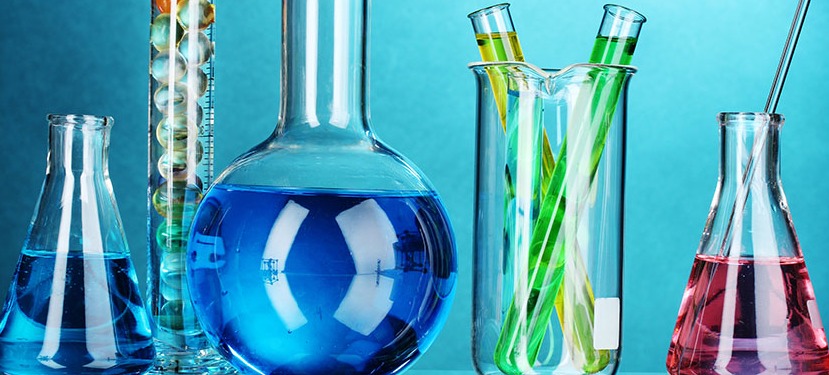Historically, hydrogen peroxide was initially discovered as an accidental byproduct when dissolving barium peroxide in water. However, it would be many years later until it became completely isolated and analyzed in a lab. Many had speculated that hydrogen peroxide was an unstable molecule that was unnatural, until it was found in rainwater where it showed that nature had already been using peroxide as a natural oxidizer.
Years later, hydrogen peroxide began being used as a bleaching agent mainly in the paper-pulp industry. From there, it was slowly adopted into other industries including uses in laundry, general-purpose cleaning, and sanitization. You may see it in the laundry industry as sodium percarbonate. This is because the percarbonate dissociates into hydrogen peroxide and sodium carbonate once it is exposed to water. The peroxide is a “safe” oxidizing agent that can attack organic materials without bleaching colors unlike other oxidizers like sodium hypochlorite. This makes hydrogen peroxide a very versatile cleaner.
Now, what is an oxidizer? An oxidizer is a chemical or material that will donate an oxygen to a substance. This donation of an oxygen leads to the creation of free radicals, chemicals that are unbalanced and in high energy states. These free radicals want to go back to their lower energy state so they will react with nearby ions to do so. Hydrogen peroxide itself is a naturally acidic compound that typically has a pH of around 4.5. Because the material is a strong oxidizer, it tends to degrade quickly, and this can further be accelerated with exposure to light, fluctuations in pH, and contaminants such as metals. Because of this, it does not typically have a long shelf life. Usually, commercially available hydrogen peroxide will be mixed with a weak acid to help stabilize the material, in addition to being packaged in a dark bottle to prolong the shelf life.
What does this mean and how can we use this when cleaning? When this free radical is produced, the reaction of it with other materials will break up long chains into more soluble materials that can be rinsed away with water. Take the RMC Enhance 02 as an example. It is to be used with caustic products, such as HLC-3000, which has an active ingredient of sodium hydroxide. The reaction of the two materials is as follows:
H2O2 + NaOH → NaHO2 + H2O
This reaction creates a free radical perhydroxyl anion which will rip apart those organic long chained soils and proves to be a superior cleaner than just hydroxide alone.
The cleaning mechanism for hydrogen peroxide is also what makes it an effective disinfectant when used properly. The creation of the perhydroxyl free radical attacks lipids in the cell membrane in addition to other pivotal cell components. It has also been shown to be more efficacious than quaternary ammonium-based sanitizers against certain bacterial strains. Because of this, the CDC has stated that it may be used against fungi, bacteria, and viruses when used at concentrations of at least 3% active[i].
The benefits of hydrogen peroxide in cleaning are substantial and can provide an easier time when dealing with tricky soils. However, it is important to treat this chemical with respect when it is used. Being a strong oxidizer, reactions with H2O2 tend to produce heat and generate oxygen gas(O2). It is that reason why hydrogen peroxide is closely monitored at concentrations above 32% by the U.S government.
Hydrogen peroxide has many positive benefits and a multitude of uses. If used and handled properly, it can be an exceptional cleaner that can reduce cleaning time significantly.
Sources:
Chemical Disinfectants. (2016, September 18). Retrieved from https://www.cdc.gov/infectioncontrol/guidelines/disinfection/disinfection-methods/chemical.html#Hydrogen
Lineback, C. B. (2018, December 17). Hydrogen peroxide and sodium hypochlorite disinfectants are more effective against Staphylococcus aureus and Pseudomonas aeruginosa biofilms than quaternary ammonium compounds. Retrieved April 15, 2020, from https://aricjournal.biomedcentral.com/articles/10.1186/s13756-018-0447-5#Sec13
[i] be sure to follow local government regulations when using disinfectants.

